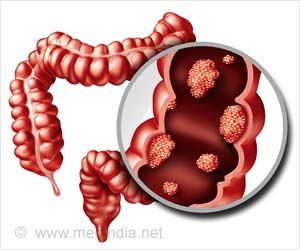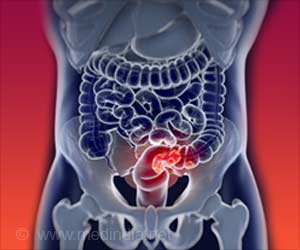In the future, bioengineered tissue construct, or organoid, could be made using a patient's own cells for personalized medicine applications.

‘In response to colorectal cancer treatment, more realistic systems for assessing tumor cell behavior can be created.’





This article is the winner of the 2017 Mary Ann Liebert, Inc. Outstanding Student Award, which will be presented at the TERMIS Americas meeting on December 6th to coauthor Mahesh Devarasetty, PhD, Wake Forest School of Medicine. In the article entitled "Bioengineered Submucosal Organoids for in vitro Modeling of Colorectal Cancer," coauthors Devarasetty, Shay Soker, PhD and colleagues from Wake Forest School of Medicine and Wake Forest Baptist Medical Center, Winston-Salem, NC, report on the method they developed to produce the submucosal organoids using primary smooth muscle cells embedded in collagen hydrogel.
This approach yielded a tumor ECM with aligned and parallel fibers, creating a topography around the tumor similar to what is seen in tumors in the body. The authors propose that in the future these organoids could be made using a patient's own cells for personalized medicine applications.
"Our increasing understanding of tumor architecture is guiding the development of tumor extracellular matrix 'mimics' that better reflect the tumor microenvironment and thereby create more realistic systems for assessing tumor cell behavior in response to treatment," says Tissue Engineering Co-Editor-in-Chief Peter C. Johnson, MD, Principal, MedSurgPI, LLC and President and CEO, Scintellix, LLC, Raleigh, NC.
Source-Eurekalert














